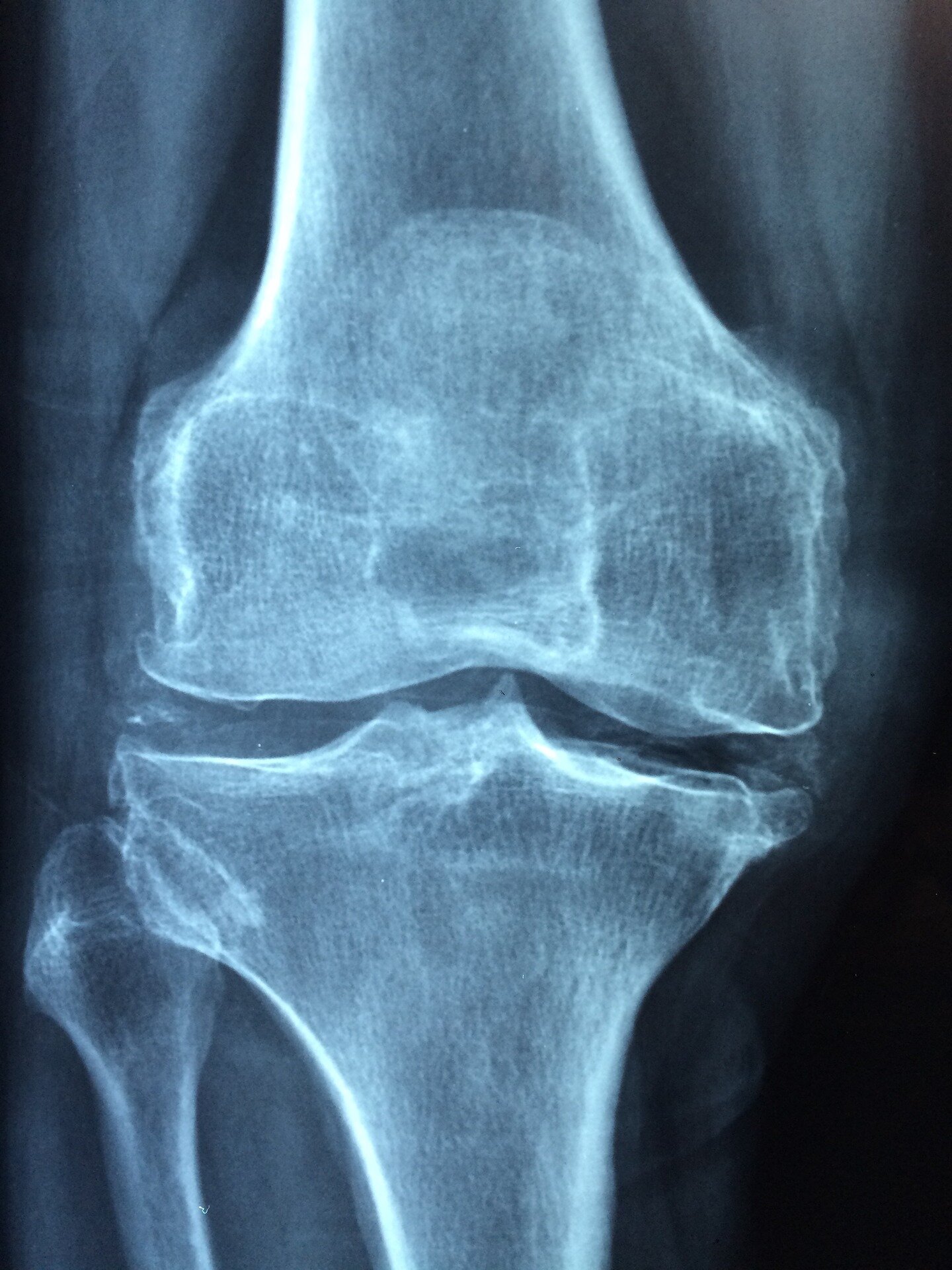#Anatomy of an acne treatment
“#Anatomy of an acne treatment”

Sarecycline, a drug approved for use in the United States in 2018, is the first new antibiotic approved to treat acne in more than 40 years. Now, researchers at Yale and the University of Illinois-Chicago have discovered how its unique chemical structure makes it effective.
Their new study is the most detailed biological analysis to date for sarecycline, one of a number of tetracycline antibiotics (such as doxycycline and minocycline) used to treat acne. The researchers report findings Aug. 3 in Proceedings of the National Academy of Sciences.
They found that unlike other tetracycline drugs, sarecycline binds to messenger RNA (mRNA)—molecules within a cell that provide a code for making proteins—in bacterial ribosomes. Ribosomes, found in all living cells, link amino acids together.
Sarecycline and other tetracyclines treat acne by inhibiting bacterial protein synthesis. They block ribosome function in Cutibacterium acnes, the pathogenic bacterium in acne.
“We show that the structure of sarecycline matters,” said Dr. Christopher Bunick, associate professor of dermatology at Yale and co-corresponding author of the study. “This mode of action has never been seen before in this class of antibiotics, and suggests that sarecycline has unique properties among the tetracycline class.”
Importantly, the researchers found an explanation for why sarecycline has such a low drug-resistance profile, boosting its effectiveness. Sarecycline thwarts TetM, a ribosome guardian protein that protects bacteria from outside interference.
Bunick and his team said the broader implication of the study is that structural knowledge of tetracycline compounds could be used to engineer better antibiotics.
“This could result in therapies with better or longer-lasting efficacy, fewer side effects, and lower drug resistance,” Bunick said. “Future agents could be used not just in acne, but potentially in other skin disorders and infections as well.”
More information:
Zahra Batool el al., “Sarecycline interferes with tRNA accommodation and tethers mRNA to the 70S ribosome,” PNAS (2020). www.pnas.org/cgi/doi/10.1073/pnas.2008671117
Anatomy of an acne treatment (2020, August 3)
retrieved 3 August 2020
from https://phys.org/news/2020-08-anatomy-acne-treatment.html
This document is subject to copyright. Apart from any fair dealing for the purpose of private study or research, no
part may be reproduced without the written permission. The content is provided for information purposes only.
If you want to read more Like this articles, you can visit our Science category.
if you want to watch Movies or Tv Shows go to Dizi.BuradaBiliyorum.Com for forums sites go to Forum.BuradaBiliyorum.Com


